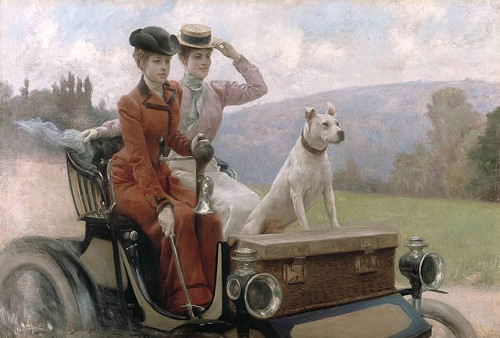The number on the first milestone can be expressed as 10A + B, and the number on the second milestone is 10B + A. The number on the third milestone is either 100A + B or 100B + A.
Caroline’s speed is constant, so the distances between the milestones are equal. What’s the greatest this distance could be? Well, setting the two digits as far apart as possible would mean that one digit is 1 and the other is 9; then the first milestone would be at 19, the second at 91, and the third at 163. This doesn’t satisfy the puzzle, but it tells us that the number in the hundreds place must be 1 — Caroline doesn’t get as far as the 200-mile mark.
That means that either 100A or 100B must equal 100. Which is it? It must be 100A, since the number on the first milestone, where A stands for tens, is smaller than the number on the second milestone, where B stands for tens. So A is 1, the first milestone is 10 + B, the second milestone is 10B + 1, and the third milestone is 100 + B. Since the distances between milestones are equal, we have:
(10B + 1) – (10 + B) = (100 + B) – (10B + 1)
18B = 108
B = 6
A = 1 and B = 6, so the milestones carry the numbers 16, 61, and 106. Caroline’s speed is 45 mph.
(From Berloquin’s 1976 book 100 Numerical Games.)

